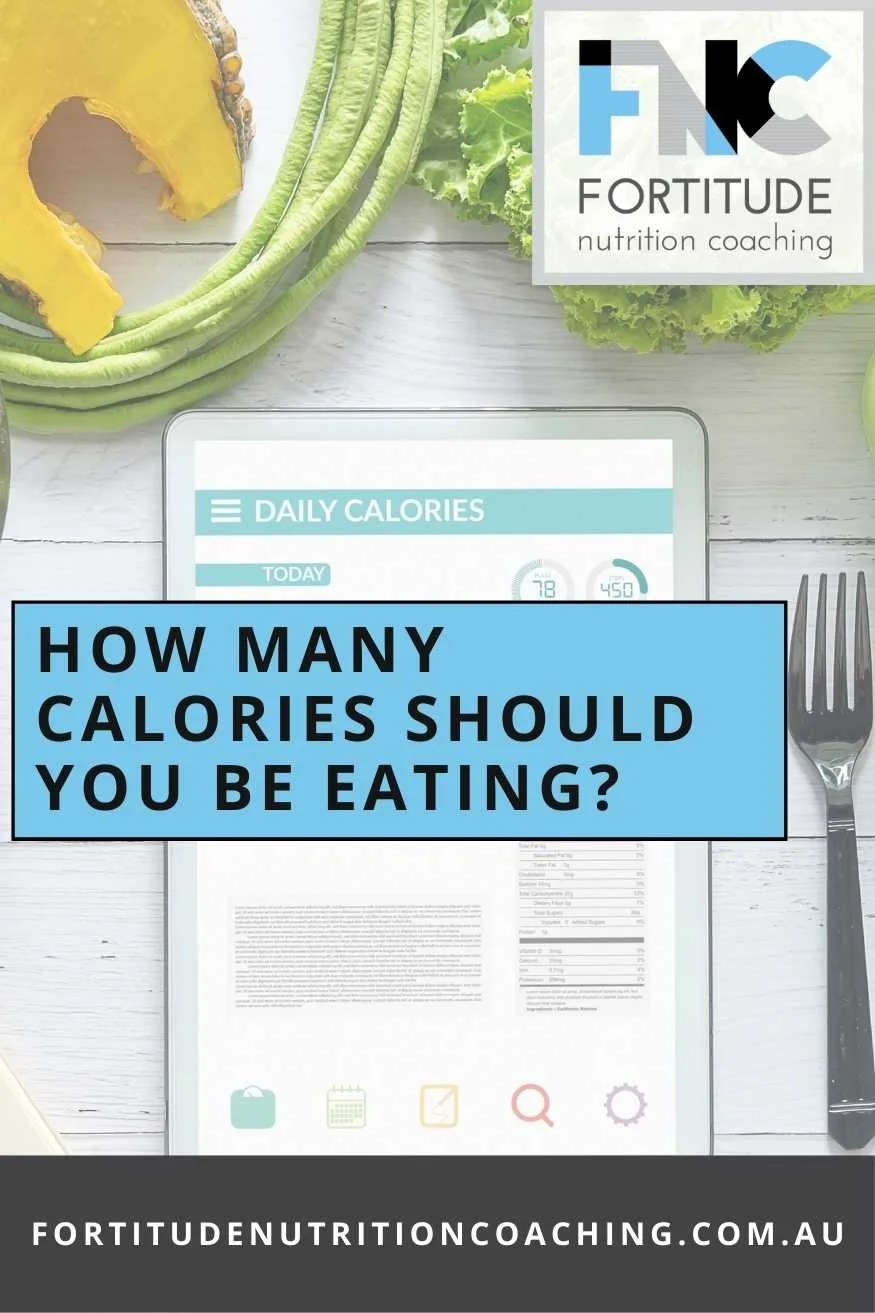Reading labels then tracking, weighing and measuring what you eat can be a whole new world. However, learning to read labels and track what you eat can be great skills to learn. They are skills which help you look at portions more closely which is often the difference when aiming to make progress with nutrition-related goals.
To make things a bit more interesting, we’ll try to simplify the skills and explain them as we give you a step-by-step guide to making a single serve of protein pancakes with a shaker mix.
Ingredients lists
This explanation from Food Standards Australia & New Zealand is hard to beat:
“Ingredients must be listed in descending order (by ingoing weight). This means that when the food was manufactured, the first ingredient listed contributed the largest amount and the last ingredient listed contributed the least. For example, if sugar is listed near the start of the list the product contains a greater proportion of this ingredient.”
(www.foodstandards.gov.au)
There will often be additives such as preservatives, thickeners and stabilisers listed as ingredients. Food Standards Australia & New Zealand ensures these are safe for our consumption. Generally, we don’t have to think too much about these ingredients, however if you want to read more about additives, what they are and what they do, here is a list:
Food additives can also be listed as numbers, you might see something like 1422. Again, we don’t have to think too much about them but if you want to know what those numbers represent, here is a list:
Before you get too worried about additives and chemicals, remember that everything is a chemical. We are made up of chemicals. Water is hydrogen and oxygen. These ingredients lists of fruit might help to get the idea.
Nutrition Information
Here’s where we find out, per serve and per 100g, how many Calories and/or Kilojoules the product has as well as how many grams of protein, carbohydrate, fat and fibre.
Both kilojoules and Calories are simply measures of energy, the same way that metres and kilometres are measures of distance.
Sometimes on labels in Australia, only Kilojoules will be listed so it can be handy to know that:
1 Calorie = 4.184 Kilojoules.
The serving size is determined by the manufacturer - it’s nothing official. Just a suggestion provided to you by the people selling the product.
When comparing two similar products, use the 100 gram columns to make the comparison.
Here is an example:
Pancakes with flavoured protein-yoghurt & berries
Yes you can make your own protein pancakes and we do have a recipe for them in our
However the shake n’ bake pancakes are pretty tasty as a bit of an indulgence. They have minimal fats and plenty of carbs, in particular sugar. We’ll show the nutritional information per serve at the end.
Note: If you are an athlete struggling to eat enough carbs for your activity levels, or looking for a low fat, low fibre pre-training or pre-competition meal, this could be for you.
Looking nice and closely at the Nutrition Information for the pancake shaker, we see they recommend 5 serves from the shaker. Each serve is 75 grams of dry mix and 135 grams when prepared with water. To make just 1 serve at a time, we are going to measure out 75 grams of dry mix and add 60 grams of water (135 - 75 = 60).
As we can see from the first column, we’ll get about 1120 Kilojoules (KJ) or 267 Calories.
Here’s where the kitchen scale comes into play. Electronic scales are a great way to measure specific quantities, so you’re getting the correct serving. Most electronic scales allow you to reset the weight down to zero as you add more ingredients.
Put the blender or bowl you will mix your serve of pancakes on the scale and press the button which gives you a reading of zero (the button could be the on, tare or mode button). When you have a reading of zero and you can just pour out the mixture until you have 75 grams.
Then hit zero again and pour in 60 grams of water. Blend or stir until smooth.
To grease the pan you might use a spray olive oil, butter or similar fat option. The easiest way to measure how much of these you actually use is to put the container on the scale and get a zero reading. Then spray or spoon out into the frypan and put the container back on the scale. You’ll then get a reading of how much you used.
We used spay olive oil but didn’t even use 1 gram so can’t give you a visual of that. Instead we’ll show you with the yoghurt.
This method is great for measuring sauces, spreads and similar products which get stuck on the spoon and eaten (looking at you peanut butter).
Put the bowl of yoghurt on the scale and measure out 20 grams of whey protein powder to mix in, increasing the protein content and adding flavour.
Our plant option with this meal is mixed berries (frozen). Measuring about 150 grams and microwaving for a couple of minutes to defrost the berries but also get a nice bit of berry liquid too.
Serve with or without a small handful of nuts. If posting it on Instagram, make it look as good as possible.
Finally, if we want to know how many Calories and grams of protein, carbs & fats we have for the meal we have options. Either a tracking app like MyFitnessPal, or a spreadsheet. We typically favour a spreadsheet. Sure, apps can be convenient, however many of them rely on users entering data and these can be (and often are) completely wrong.
Here it is entered into a spreadsheet which just happens to be the Diet Builder templates we use with our clients who decide to track their food intake in numbers.
We can see in the yellow box, the Calories for the meal (540). Then in the grey boxes the total amounts of protein (33), carbs (77), fat (11), fibre (6) and we often track our total plant intake as well to make sure no matter what our goal is, we are looking after our overall health.
This is a higher carb, low fat meal with a good amount of protein and fibre. Looking at these ready-to-go shake ‘n bake pancake mixtures, they can be great for athletes looking to increase carbs. For fat loss, a measured serve actually is important. With the high sugar content, the pancakes are delicious and could be easy to eat a lot more than this portion, especially if you cook up the whole batch in one go.
If you would like to learn more about reading labels, tracking meals and comparing products, reach out to us today and start working with our team of coaches to start making educated and well informed choices around nutrition that support your goals.
1 on 1 Nutrition Coaching with Fortitude Nutrition Coaching
Are you looking for an understanding and supportive human to talk with, to help with advice and guidance? An objective set of eyes to see what you could improve to move towards your goal in the easiest possible way?
We work with real people and get real results. Sign up for 1 on 1 Nutrition Coaching today and get the support, guidance and accountability of a Fortitude Nutrition Coach.


















Tired of the "eating healthy" cycle that leads nowhere? Our blog unveils the blueprint for success. Say goodbye to vague intentions and hello to a clear Action Plan. Transform your eating habits with precision - from veggies to protein, breakfast to overcoming obstacles. Break free from the loop and embark on a fulfilling journey. Ready to achieve your goals with confidence? 🎯 Learn more: https://www.fortitudenutritioncoaching.com.au/blog/why-healthy-eating-doesnt-work